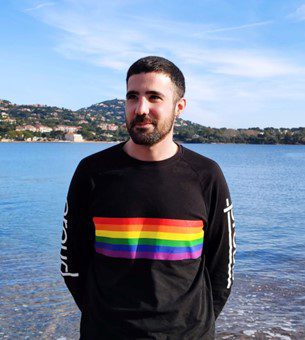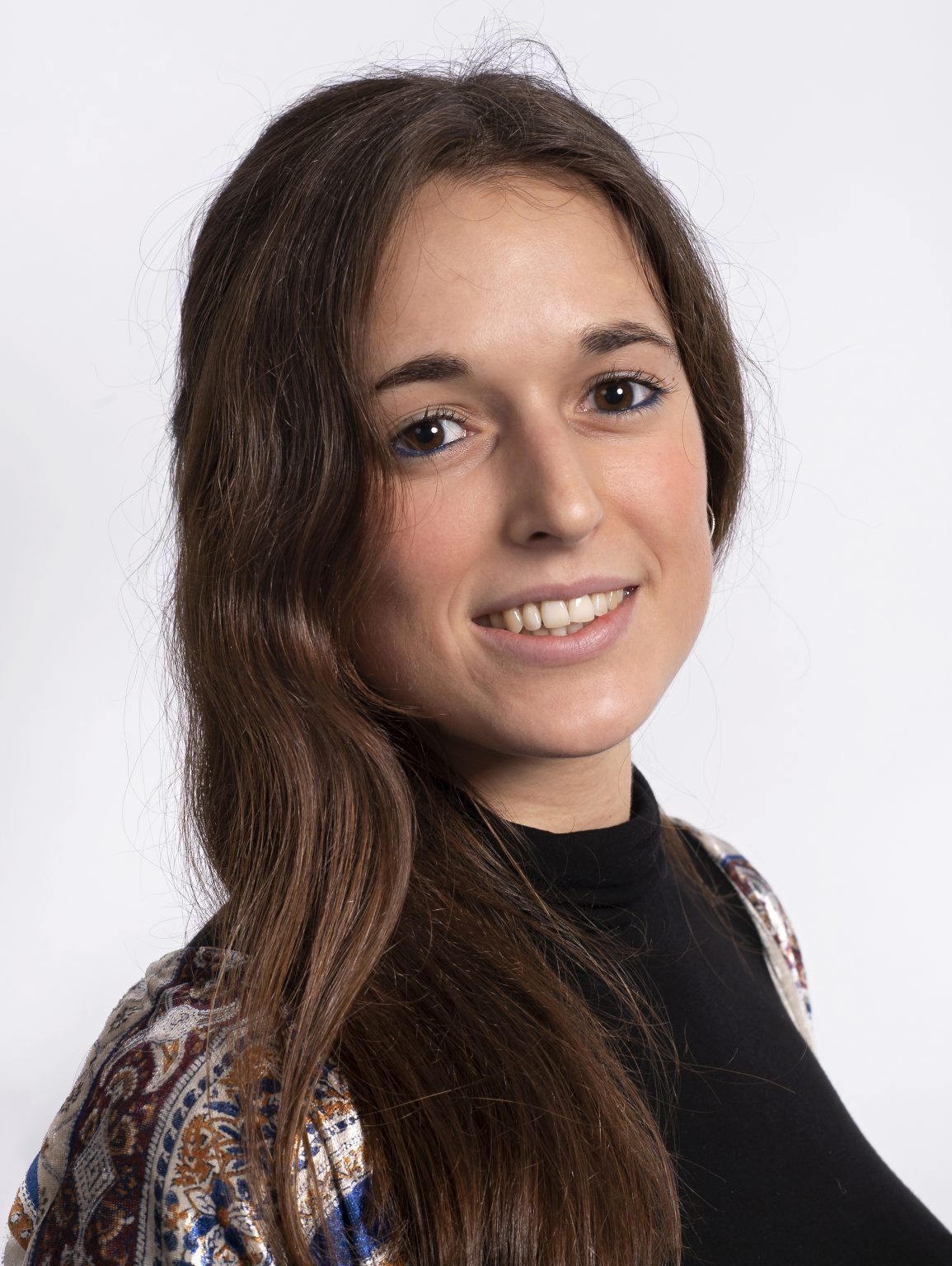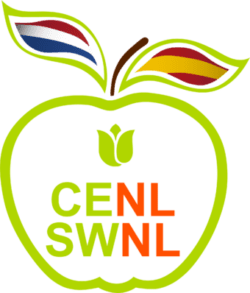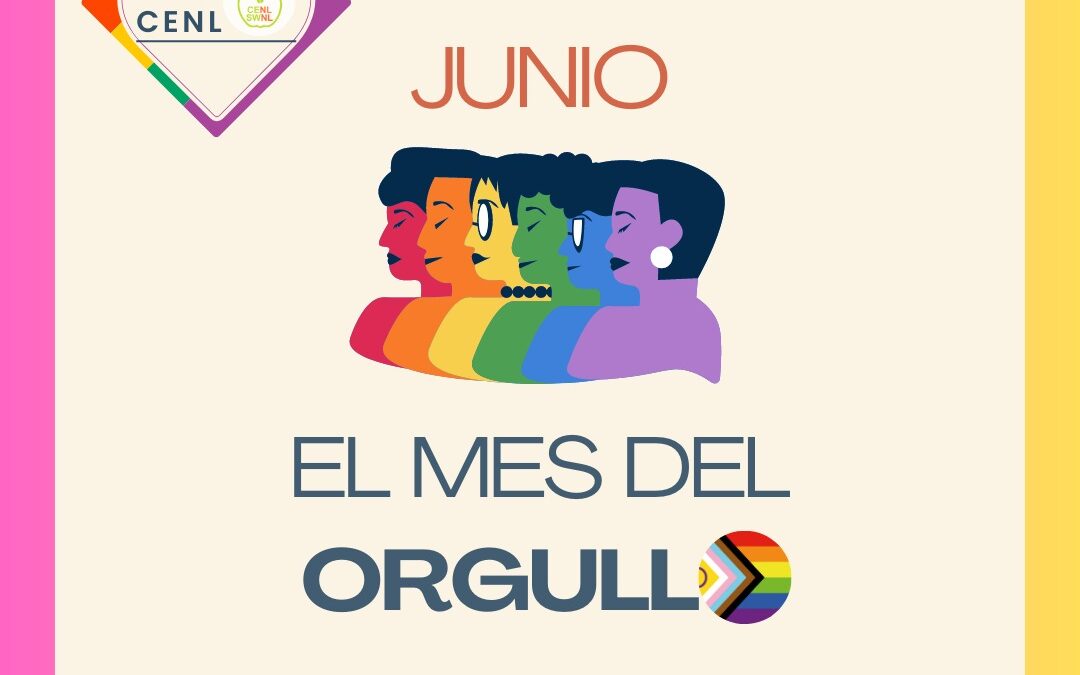June has become the “Month of Pride” worldwide, although in many countries and cities the day of the celebration, parade or “parade” is held in a different month.
Pride day has not always been as we know it now, full of color and joy; Pride began as a very demanding and radical protest, and it continues to be used as an example in many countries that are still in a continuous fight for LGTBQ+ rights.
A bit of historical memory: the origins of pride
Breeding ground
To understand what happened in the early morning of June 28, 1969, it is necessary to describe, briefly, what was happening in that decade in the United States.
After the Second World War, homosexual movements had been created that claimed LGBT rights in a very measured way; before Stonewall there were other protests and riots like those of theCompton’s cafeteria in 1966 or Black Cat Tavern on New Year’s Eve in 1967, but none of them had major consequences apart from increasing pressure on the LGBT community of that time.
In the 1960s, various social elements converged to help ignite the spark for what happened at Stonewall. There was an increase in social movements, in addition to those of the LGTB collective, movements for the rights of people of color and against racism such as the Black Panther, constant demonstrations against the Vietnam War, feminist movements, hippie and countercultural movements, May 1968. Socially speaking, there was a lot of discomfort between police officers and more oppressed social groups.
Added to this social unrest is the fact that the places where LGBT people could socialize belonged to the Italian mafia, which obtained incredible benefits due to dry law and alcohol smuggling, constantly abusing the legal and social vulnerability of a group without the capacity to defend or protest As part of these abuses, the same owners of the premises let the police do whatever they wanted during the raids, many of them arranged, and kept the premises in unhygienic or unhygienic conditions. An absolutely corrupt police exercised inordinate brutality during these constant raids, especially in places where the LGBT community congregated. With this sword of Damocles on top,(Carter, 2004: 162)
https://archivoshistoria.com/stonewall-inn-origen-orgullo-lgtb-pride/
June 28, 1969: the Stonewall protests
That morning there was a raid like so many others in the Stonewall, 6 agents entered and there were two more plainclothes inside. There was a certain atmosphere of resistance, mainly from transfeminine people who were being “patched” in a violent and inappropriate way. Some people were being arrested for the way they dressed, which was not consistent with their gender, the rest were being thrown out onto the street to confiscate alcohol from the premises. However, this time the people did not dissipate, in fact the opposite happened, they stayed at the door and more and more people began to come closer, a fight started when a policeman pushed a woman and she responded by hitting the policeman with Bag. The shouts of gay power began to be heard between the boos and more shouts of protest, the police reinforcements were late and the crowd was growing excited. Another fight started when a handcuffed woman yelled at the crowd to join the protest and the spark broke when this person was put in the arrested car and the crowd began to confront the police. Soon, the press began to arrive at Stonewall and the news spread throughout the neighborhood, Greenwich Village.
On June 29 there was graffiti on the charred planks of Stonewall Support gay power or Drag Power among others. during that daythe people of the LGTB collective decided to take to the streets their affection, not only violence, thousands of people gathered in front of Stonewall and started a march,that same night the protests were revived with more intensity and violence (Carter, 2004). There was a great sense of community andwhen the police tried to arrest someone, the protesters would confront the police to defend the people who were participating in the march.Greenwich Village was quickly filled with anti-police and mob graffiti.
History had been made, the riots were put down, but the spark that started that day is the flame that we see now, several gay societies were created with the determination to show themselves on the streets, more demanding than ever.
A year later, on June 28, 1970, the anniversary of the riots was celebrated by holding a march called Christopher Street Liberation Day, it was the first Pride march in history. Stonewall marked a before and after in the history and rights of the LGTB collective (now LGTBQ+).
Nothing that happened in the 60s can be understood as isolated events or it would not have taken place without that sense of community that always accompanies us in the LGTBQ+ collective. Stonewall cannot be understood nor would it have happened without trans people, who today, unfortunately, is the group that continues to suffer the most discrimination, lack of visibility and acceptance.
Why it is important to continue celebrating pride day as a protest act
Very simple, because in one in three countries being queer is considered a crime, specifically there are 70 countries that still criminalize relationships between people of the same sex. In 11 countries, being homosexual is punishable by death.
Now, make no mistake, in countries that recognize the rights of the LGBTQ+ collective, things are not much better. Only 9 countries specify non-discrimination based on sexual orientation and only 3 specifically prohibit conversion therapy by law. And this data only mentions sexual orientation, we are not even talking about trans people, non-binary people or gender non-conforming people who continue to be persecuted and killed. As an example, we have Brazil, which leads the way in murders of trans people and at the same time is one of the biggest pride celebrations.
We have to keep fighting until:
- All countries, worldwide, decriminalize homosexuality and recognize LGTBQ+ rights. Eliminating death sentences and prison sentences.
- Reduce until the constant attacks on LGTBQ+ people that occur in countries that legally recognize LGTBQ+ rights disappear.
- Work together to eliminate the rejection that LGTBQ+ people repeatedly experience in the workplace.
- Create new and more diverse role models for younger LGTBQ+ people, so they know they are not alone. This is very important in the area of science where there is a very low representation of LGTBQ+ people and much more if we start talking about intersectionality, that is, LGTBQ+ people and people of color, where there are almost no models.
- Work on the visibility of non-binary, gender non-conforming and trans people. This group has been and is a pillar in the fight for LGTBQ+ rights and is always forgotten and relegated when it comes to making it visible.
I could go much further into the reasons why we have to keep fighting and looking for allies to fight with us, but I think these are more than enough to go on.
REFERENCES
- https://archivoshistoria.com/stonewall-inn-origen-orgullo-lgtb-pride/
- Armstrong, Elizabeth; Crage, Suzzana (2006): “Movements and Memory: The Making of the Stonewall Myth”, in American Sociological Review.
- Carter, David (2004): Stonewall: The Riots that Sparked the Gay Revolution, St. Martin’s Press.
- Martínez, A. (2015): «Diversity in movement: Notes on the transformations in the movements of sexual and gender dissidence in the North American context». VII International Congress of Research and Professional Practice in Psychology, November 25-28, 2015, Buenos Aires, Argentina. In Academic Memory. Available in:Click to access ev.10493.pdf
- Lepine, R.; Lorenz, A., (2018): Judith Butler, The other h, Illustrated Philosophy Collection, Barcelona
- Teal, Donn (1971): The Gay Militants. How gay Liberation began in America, St. Martin’s Press.
- Portero, Alana (2020), “Pride and Police”, in Agent Provocateur, recovered from http://www.agenteprovocador.es/publicaciones/orgullo-y-policia-de-compton-y-stonewall-a-hoy
- https://www.objetivobienestar.com/salud-mental/razones-es-necesario-celebrar-orgullo-lgbti_41404_102/1812293.html
Can you help us to become more? Become a member and participate. Spread our word on the networks. Contact us and tell us about yourself and your project.

Lety (ella/elle, she/they)
Bioinformatics and Data scientist
Soy Leticia, Lety (más neutro). Soy Farmacéutica y bioinformática, hice mi doctorado en la Complutense de Madrid en 2005 en Biología molecular sobre progenitores hematopoyéticos y trasplantes de Médula ósea. He trabajado durante más de 20 años en academia siempre en cáncer desde distintas perspectivas, desarrollo de nuevos fármacos, farmacogenómica y después desde la parte Bioinformática para ayudar en el diagnóstico y estratificación de pacientes. Hace unos meses me cambié a una compañía que desarrolla tratamientos de Terapia génica.

Alberto Gil Jiménez
PhD candidate at the Netherlands Cancer Institute
My name is Alberto. I studied Physics and Chemistry at the Autonomous University of Barcelona, and Bioinformatics at the VU University Amsterdam. I am currently doing a PhD at the Netherlands Cancer Institute (Amsterdam), where I am investigating the effects of immunotherapy and chemotherapy in urological cancer. For this I use bioinformatics and computational biology tools modeling protein and DNA/RNA sequencing data, obtained from human samples, which I integrate with clinical data.

Alba M. Muniesa Vargas
PhD Candidate at Erasmus MC
Mi nombre es Alba M. Muniesa Vargas y vengo de Barcelona. Mi primer contacto en el mundo científico empezó en 2011 cuando decidí estudiar el Grado en Biotecnología en la Universidad de Vic (Barcelona). Decidí venir a Holanda en 2016 a estudiar el máster de Biomolecular Sciences en Vrije Universiteit (VU Amsterdam). Disfruté mucho de estos dos años de máster durante los que pude volver a Dinamarca, esta vez a Copenhague, para realizar mis prácticas y el trabajo final del máster. Actualmente me encuentro en la fase final de mi doctorado en el Erasmus MC, finalizando mi tesis y en búsqueda de un nuevo reto profesional. Aunque me apasiona la ciencia y la investigación, mi próximo reto será fuera del mundo académico y del laboratorio, pero manteniendo una conexión cercana con la ciencia, desde la que pueda aportar mi granito de arena. Siguiendo en esta línea, espero poder seguir participando en eventos de CENL y en particular, ¡en la nueva Comisión de Diversidad, Género e Igualdad!


